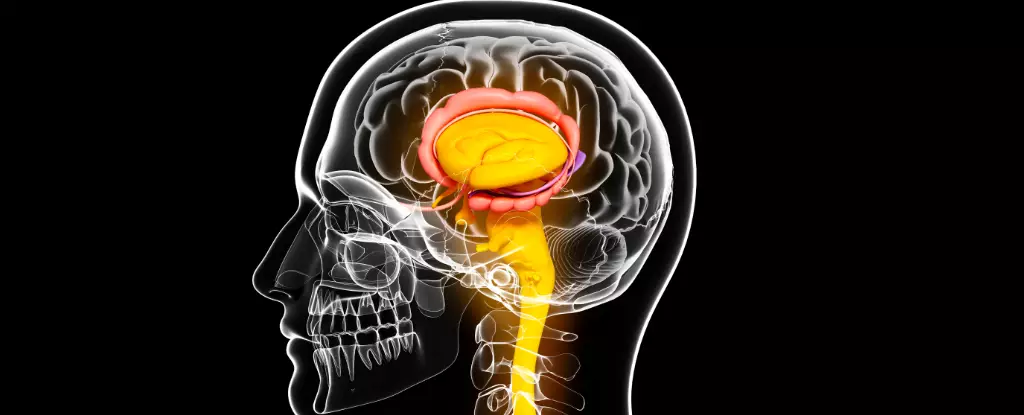While the cerebral cortex often garners the majority of attention in discussions about brain functionality, it is the subcortical regions that orchestrate myriad essential processes beneath the surface. These deep brain structures, often operating in relative obscurity, are vital for emotion regulation, motor functions, attention, and learning. Their significance extends into the realm of health, as disturbances in these areas are frequently observed in neurological disorders such as schizophrenia, Parkinson’s disease, and Attention-Deficit/Hyperactivity Disorder (ADHD). The latest research illuminates the intricate relationship between genetic variations and the anatomical nuances of these subcortical structures, inviting a deeper exploration into their role in brain disorders.
The latest investigation into the subcortical regions of the brain reveals how genetic factors can shape the development and functionality of these areas. Conducted by a global consortium of researchers, this study stands out by examining an extensive pool of participants—74,898 individuals across 19 nations. The involvement of the Enhancing Neuro Imaging Genetics through Meta-Analysis (ENIGMA) group facilitates an unprecedented volume of genetic data analysis combined with advanced MRI neuroimaging to measure critical brain areas such as the amygdala, thalamus, and hippocampus.
Fundamentally, this research identified 254 distinct genetic variants correlating with differences in the volume of specific subcortical structures. Remarkably, these genetic factors are responsible for up to 10 percent of the volume differences observed among participants. The breadth of this study establishes it as the largest genome-wide association study (GWAS) focused on subcortical brain volume to date and underscores the importance of genetic insight in understanding the architecture of the human brain.
One of the pivotal findings of this research is the revealed genetic connections between subcortical volume and disorders such as Parkinson’s disease and ADHD. The research’s ability to identify genetic markers associated with alterations in brain structure is important not just for academic inquiry, but also for clinical approaches to treatment. These findings raise essential questions regarding the biological underpinnings of these conditions, as elucidating the genetic factors may pave the way for more targeted therapies and more effective management of such disorders.
Neuroscientist Miguel Rentería asserts the necessity of this research for groundbreaking insights into biological bases for ADHD and Parkinson’s disease, emphasizing that understanding these genetic influences could ultimately enhance the effectiveness of treatment interventions. This standpoint highlights the potential shift from observational studies to genetic research, enabling a more precise approach to treatment grounded in the understanding of brain structure and function.
This significant study also reflects a broader push for international collaboration in neuroscience research. With contributions from over a thousand research labs across 45 countries, the work represents a collective effort to decode what has been termed “the genetic essence of humanity.” By pooling resources and knowledge, the scientific community is progressively honing in on the underlying genetic blueprints that govern complex brain functions.
Although the connections established in this study between genetic variants and brain volume offer tantalizing insights, the researchers caution that further investigation is warranted. While the paper provides compelling evidence, the speculation surrounding the exact mechanisms linking genetic variations to observed brain disorders remains a key area for future exploration. It underscores the necessity for ongoing research to substantiate these findings and to confirm the potential for genetic variation to elucidate the complexities behind neurological disorders.
The research highlighting 254 genetic variants associated with subcortical brain structures serves as a promising leap forward in understanding the intricate relationship between genetics and brain disorders. By identifying how these genetic factors influence brain volume, scientists are unraveling the mysteries behind conditions like ADHD and Parkinson’s disease. As we stand on the threshold of a new era in neuroscience, the findings encourage collaboration and continued exploration aimed at better comprehending the interplay of genetics and neuroanatomy, ultimately striving toward improved treatment strategies for brain-related disorders.


Leave a Reply